
The difference between docks, converters, and USB hubs
What is it?
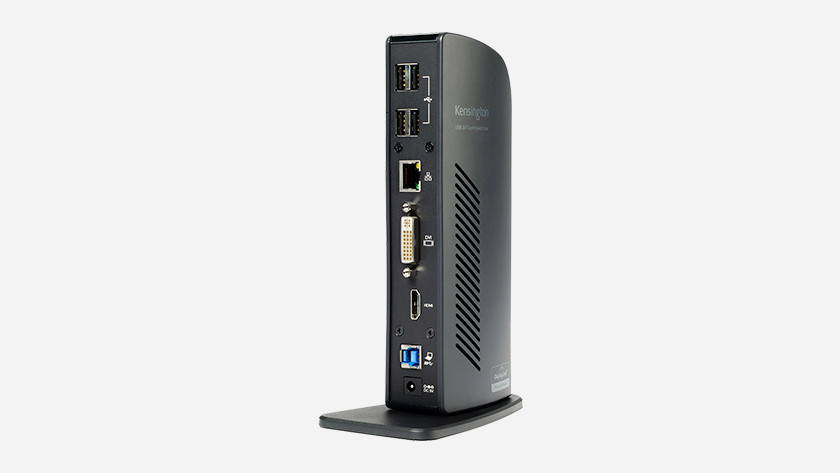
What is a docking station?
A docking station is a workstation where you can click into a laptop. In addition, cable converters that require mains power are also docking stations. Docking stations have many ports that are larger than USB hubs and cable converters. They are the connecting link to connect all your equipment at your workplace.
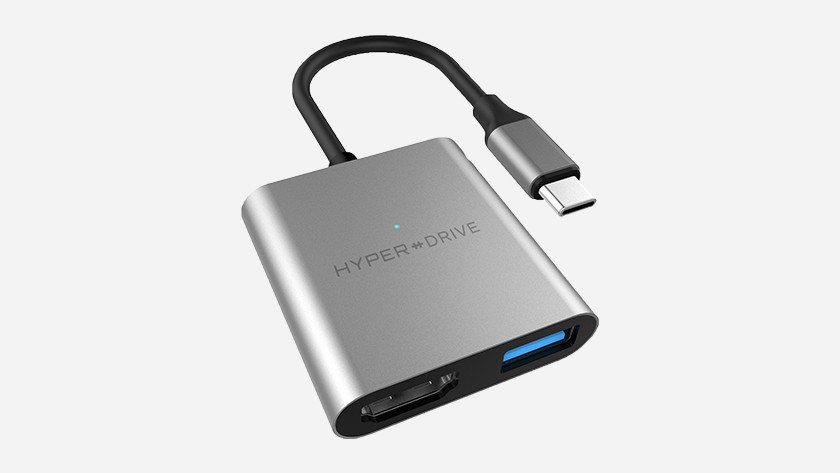
What is a cable converter?
A cable converter converts one signal to the other (such as a video signal) and does not require any mains power. In principle, it is all cables with 2 different connections, such as a USB-C to HDMI cable. They can also have one or 2 male connectors and multiple female connectors, making them look like a hub with different ports. The difference with a hub is the fact that they also transmit a signal other than a USB signal.
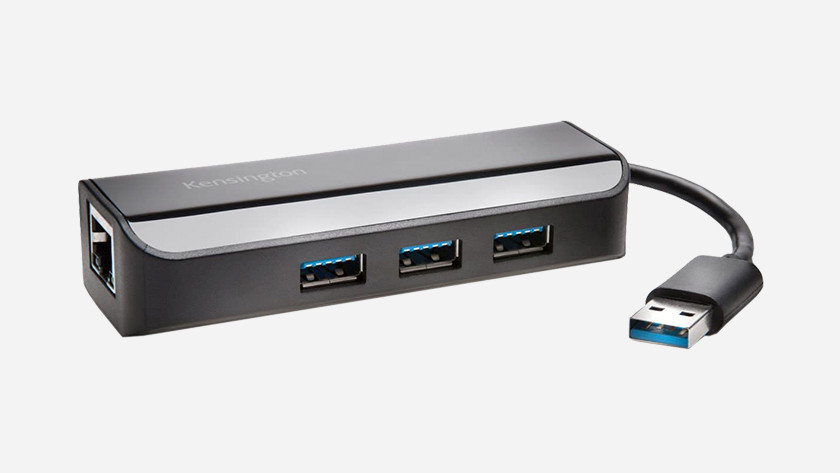
What is a USB hub?
A USB hub expands the number of USB ports of your laptop or PC. There are USB hubs with only USB a ports, but there are also variants with a mix of USB-A and USB-C ports. There is still variation in terms of USB versions, such as USB 2.0 or USB 3.0. In addition to USB ports, a hub can have one other port: an Ethernet port for a wired internet connection.
When do you use a docking station?
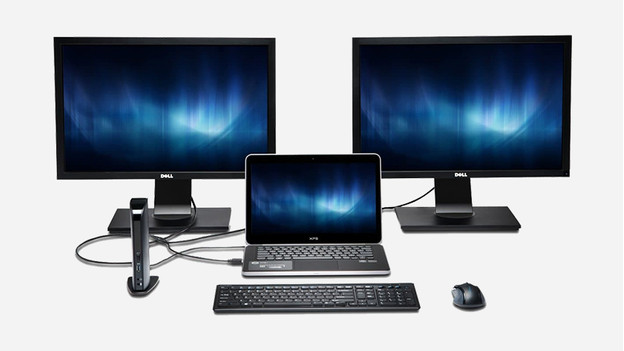
If you have a workplace with a laptop, a docking station is the solution. You connect your monitor(s) and laptop to this. In addition, there is room for all your peripherals, such as your mouse, USB stick and keyboard. The only thing you click in the morning is your laptop; all connected equipment is automatically connected. This way you will immediately get started with checking your inbox and agenda.
When do you use a cable converter?
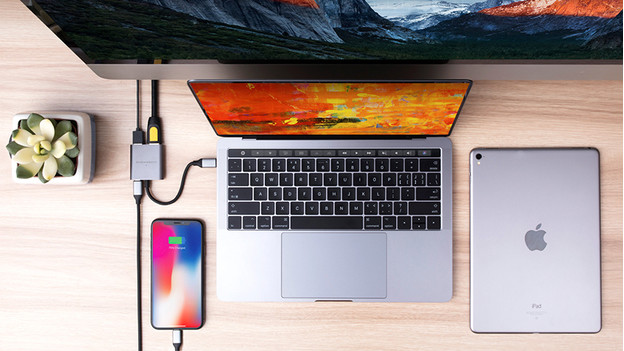
A cable converter has a compact format and is therefore a solution for flex workers and people who regularly give presentations at different locations. You can easily put cable converters in your bag. When you are on location, you connect your laptop with a projector or monitor and, for example, you get started with your presentation or work meeting.
When do you use a usb hub?
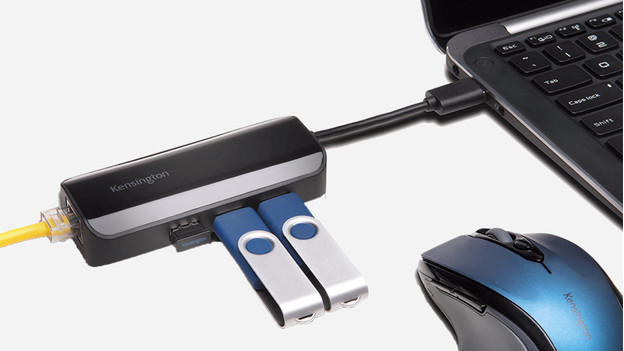
If you want to connect peripherals to your laptop or PC, but you don't have enough (or not the right) ports available, a USB hub offers the solution. You hand in one USB port on your laptop or PC, but you get more in return. This way you always have space to connect all your peripherals, such as your mouse and keyboard. You can also use a USB hub with network port for a wired internet connection on a laptop without an Ethernet port.



